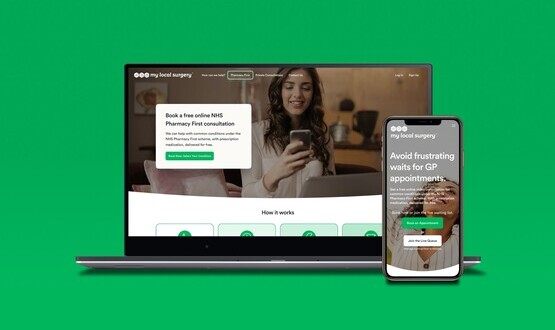New report sets out need for e-prescribing
- 11 February 2004
A new report from the Chief Pharmaceutical Officer on the causes of medicines safety has spelt out the critical role that electronic prescribing (e-prescribing) systems can play in reducing medication errors.
‘Building a Safer NHS for Patients: Improving Medication Safety’ describes standards of prescribing in the NHS as high. However, it stresses mistakes can arise in the prescribing, dispensing or administration of medicines, which can have serious consequences for patients, their families and health professionals.
With over 800 million separate prescriptions to patients written by GPs and hospital doctors each year, medication is by far the most common form of treatment provided to NHS patients.
“Our overriding aim is to embed a culture of safety in all NHS treatment, whether in hospitals or in primary care. Ensuring that drug treatment is safe is central to this strategy," says the health minister Lord Warner in his foreword to the new report.
‘Improving Medication Safety’ estimates the direct cost of medication errors to NHS hospitals at £200-400 million a year, and cites Australian research that found 1% of all hospital in-patient admissions suffer an adverse event as a result of a medication error.
The report says that serious medication errors virtually all involve a “failure to receive, recognise, interpret or act appropriately on drug or patient data”. It concludes that well-designed and implemented information management solutions “offer potential to reduce the scope for human mistakes and lapses and to completely eliminate some types of errors."
The scale of NHS medication errors was first documented in the 2001 Audit Commission report ‘A Spoonful of Sugar’, which estimated that 1,200 people die annually in England and Wales as a result of medication errors, costing the NHS £500 million a year.
Many of the errors identified in ‘A Spoonful of Sugar’ were attributed to doctors simply lacking the right information about a patient either because paper notes are illegible, incomplete or missing altogether.
The Chief Pharmaceutical Officer’s report says that the key benefit of computerising the prescribing, dispensing and administration of drugs is that information about the patient is centralised and available to each person who has to make decisions. “Crucially, data about the patient and the drug being prescribed are linked enabling cross checks to be made and problems such as contraindications and dosing errors to be identified and resolved."
It notes that the introduction of increasingly sophisticated e-prescribing is included within the NHS National Programme for IT as part of plans to develop a national system of integrated care records – NHS Care Records Service. Full e-prescribing, however, is not due to be delivered until the latter phases of the programme.
The report states that the US experience of introducing e-prescribing and dispensing systems – usually implemented as a computerised physician order entry programme – is that appropriate application of IT can reduce errors. Computersied prescription entry in the US been shown to reduce the rate of serious medication errors by 55%.
It notes that e-prescribing has so far only been introduced in a handful of UK hospitals. These include Wirral, Burton and Winchester.
Clinical IT systems that can help reduce medication errors are said to include electronic prescribing, computerised decision support, robotic pharmacy dispensing machines, bar coding and computerised medication administration systems.
However, the report warns that US solutions are not automatically generalisable to NHS settings, and notes that “new systems have the potential to introduce new errors which can be more difficult to detect”. Fast look up codes, for instance, “may not be able to differentiate between similar drug names".
Despite the clear benefits of e-prescribing systems the report stresses that automated solutions “should not replace clinical skills and judgement”. To illustrate this point it cites examples of “where patients have received incorrect doses of radiotherapy and chemotherapy when clinical staff failed to recognise erroneous dose recommendations from computer systems."
Turning from the hospital sector to primary care the report notes that the vast majority of prescriptions are already being generated electronically. But although most prescriptions are generated electronically they have to be laboriously printed off and taken to the pharmacy for dispensing, where they then have to be re-keyed into another computer system.
The report describes the moves to electronic transfer of prescriptions as a promising development that “will provide great benefits to patients", by eliminating the need for prescriptions to be re-keyed.
Latest plans from the NPfIT call for ETP to use the patient record spine for storing and transmitting prescriptions. A full national prescriptions service is promised by 2007.




